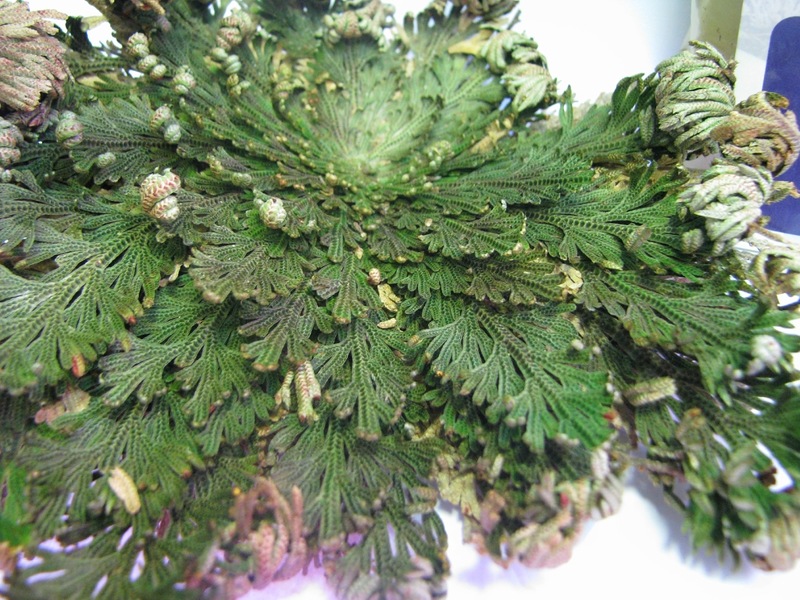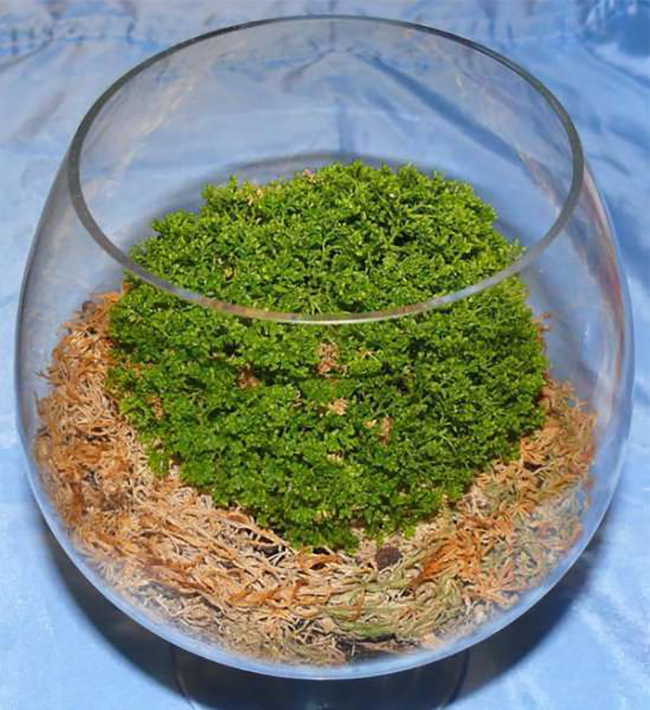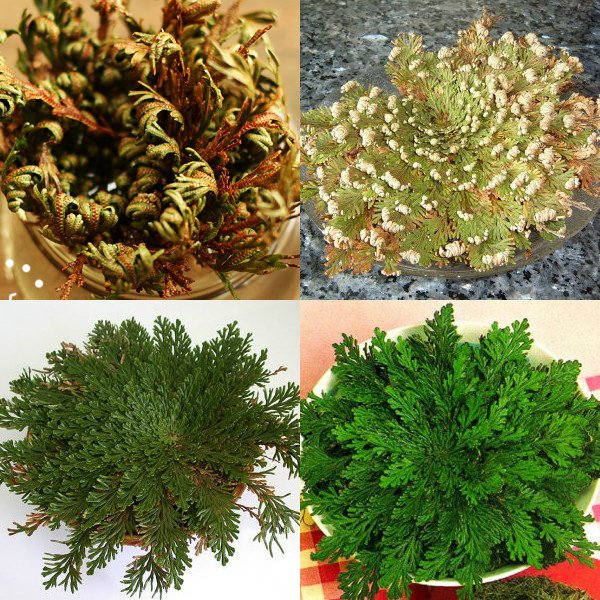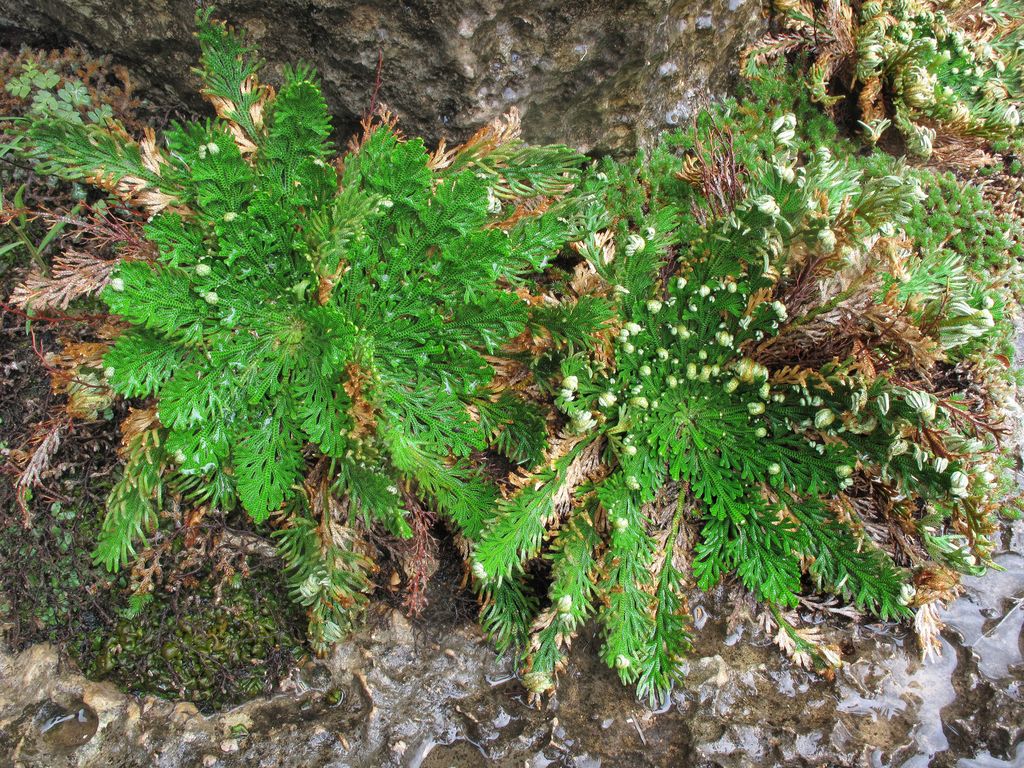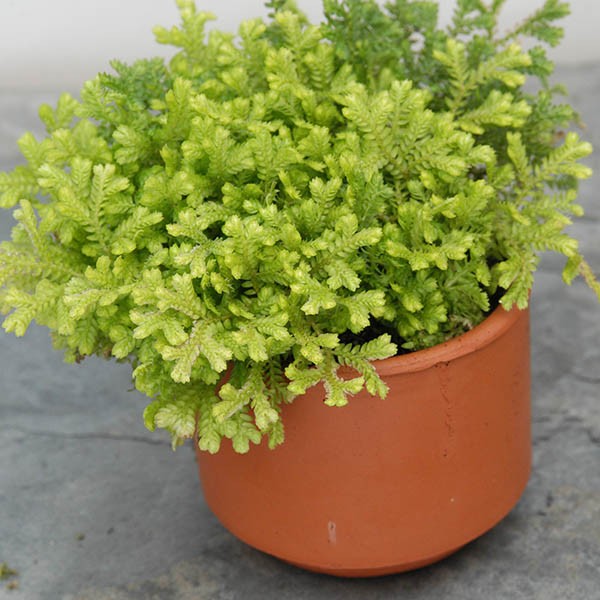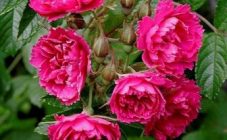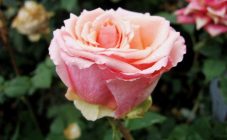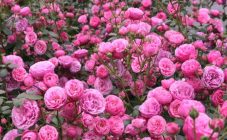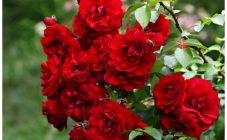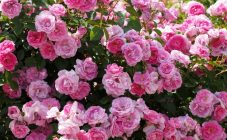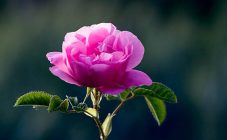Content:
The Jericho rose is native to the Middle East. Botanical name - Anastatica Jericho, it is formed from the ancient Greek words "again" and "revived". According to legend, this plant was seen by the Virgin Mary on the way to Egypt and blessed him with eternal life. Hence another name - Egyptian rose.
This herbaceous plant is capable of growing in such harsh conditions, where most plants die. How to grow a Jericho rose and how to care for it at home - further in this article.
Plant feature
The life cycle of this rose is very fast. It starts growing in spring, quickly begins to bloom and set fruits. Her flowers are white, small, inconspicuous. The seeds are formed in capsule pods.
The peculiarity of this plant is that, with a lack of moisture, it gradually curls towards the center and dries up, hiding the fruits in the middle of the ball. Having turned into a tumbleweed, it begins to look for new habitats, capturing the same glomeruli along the way.
This is how they move until the rain stops them. After watering, the rose comes to life, straightens, seeds spill out of it, which quickly germinate in a humid environment.
Also, during its movement across the territory, these grains fall out and germinate under favorable conditions along the entire route of its movement. Soon the seedlings release white buds, in which the seeds are again tied, which are able to remain viable for a long time.
It is often confused with scaly silaginella, which does not bloom, reproduces by spores. It is she who wakes up in humid conditions and goes to rest during drought. Those who have never seen how these balls look when opened may confuse them. You can distinguish them by the root system:
- the anastatic has a taproot;
- Silaginella is fibrous.
Growing
At home, Anastatica does not feel very well, especially in winter, when the heating batteries dry up the air greatly. She needs to provide high humidity. For this, the pot with the plant is placed in a tray filled with expanded clay, pebbles, sphagnum moss. The fillers are constantly moistened with water.
A good option would be to keep it in the florarium. Under these conditions, the humidity will constantly be maintained at the desired level for the bush, which is difficult to ensure in an open container.
The rose of Jericho is a shade-tolerant plant, so it will feel good on the windowsill of the northern window. When grown on the south side of a house or apartment, the windows are slightly shaded.
Anastatica comes from an arid climate, in open areas it can grow only in the deserts of Asia and Africa. Climatic conditions with alternating winter and summer, dry air do not allow growing it in temperate latitudes.
Planting and caring for the rose of Jericho
How does Anastatica plant and reproduce in indoor conditions? To do this, follow these steps:
- warm, settled water is poured into a shallow pan;
- the dried ball is laid out with the roots down;
- when it opens, green shoots begin to grow from the core due to the seeds hidden in the depths of the glomerulus.
The plant can be planted as a whole in a pot filled with soil consisting of sand and pebbles, or the children can be separated into individual containers. Periodically, the bush can be fed with a complex fertilizer, much more diluted with water than for other plantings.
The optimum temperature for keeping a rose is + 20 ° C. The location should be slightly shaded. Several times a day it must be sprayed with warm, settled water. Watering is done as the substrate dries up.
In dry air conditions, the plantation can be attacked by a spider mite. To get rid of it, the bush is washed with soapy water. If it is kept in a humid environment for too long, it can be affected by a fungal disease. To get rid of it, the Jericho rose is sprayed with a fungicide.
The bush must be given a dormant period: stop watering and spraying. The rose has no special requirements for wintering. You can store it in any dry place.
Silaginella scaly
Since the store sometimes sells the scaly silaginella under the name Jericho rose.
On sale, it is exhibited in the same way as an anastatic, rolled into a ball. When placed in a humid environment, the silaginella opens up, the leaves gradually turn green, with a beautiful emerald hue. It can be grown in soil, with the addition of sand, sphagnum moss and peat.
In nature, it grows up to 10 cm in height, even less at home. Its diameter is about 40 cm. Silaginella has delicate leaves, giving it a fluffy appearance. It has this appearance during the rainy season, in hot weather the branches fold into a ball.
Silaginella reproduces by dividing the bush, cuttings, spores. Seed reproduction is not possible because it has no seeds. It grows quickly, multiplies easily. The shoots contain cell sap, which keeps the bush alive even after drying. It is rich in oils and vitamins.
Symbolism and dignity of the rose
- This flower is long-lived, therefore it can be inherited as a symbol of the genus.
- It is customary to give it on the day of the Resurrection of the Lord, as a reminder that after death the resurrection of the soul will come.
- Lovers give each other a dried ball, placing it inside a ring. When the flower opens, the rings are taken out.
- By placing the rose inside the cabinet, it will scare away moths.
- The bush thinns the light aroma of meadow grasses, therefore it is used as a natural air freshener.
- Disinfects the air from harmful microorganisms, absorbs tobacco smoke.
- The mechanism of opening and closing branches can be interesting for children.
The bush does not come to life in the literal sense of the word, the dried shoots do not turn green again, as flower catalogs sometimes promise. When in a humid environment, they open, and the seeds remaining inside begin to turn green. But even the very process of opening and closing branches is interesting to observe.
